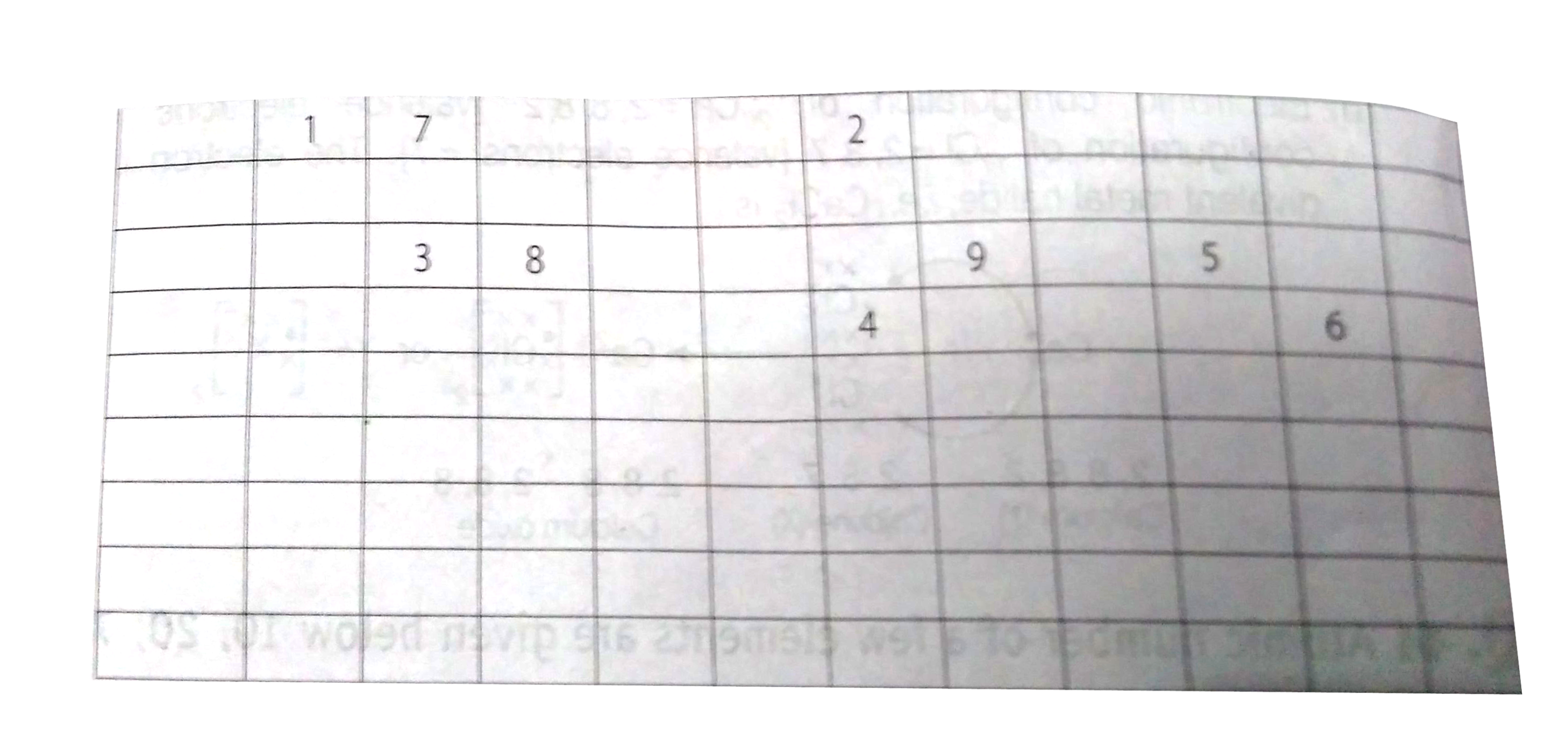A non-metallic element of group 13, used in making bullet prrof vests is extremely hard solid of black colour. It can exist in many allotroic forms and has unusally high melting point. Its trifluoride acts as Lewis acid towards ammonia. The element exhibits maximum covalency of four. Identify the element and write the reaction of tits triffuoride with ammonia. Explain why does the trifuoride act as Lewis acid.
The only non-metallic element of group 13 is boron. It is an extremely hard substance and is used in making bullet proof vests. It exists in many allotropy forms and usually high melting point. Since B has only s and p-orbitals but no d-orbitals. The maximum covalency of boron is 4.
In trivalent state, the number of electrons around the central atom in a molecule will be six as in case of BF3. Such electron deficient molecules have tendency to accept a pair of electron to achieve stable electronic configuration and behave as Lewis acid. BF3 easily accepts lone pair of electron from NH3

Topper's Solved these Questions
- THE P-BLOCK ELEMENTSBOOK - NCERT EXEMPLARCHAPTER - THE P-BLOCK ELEMENTSEXERCISE - Assertion and Reason
2 Videos
- STRUCTURE OF ATOMBOOK - NCERT EXEMPLARCHAPTER - STRUCTURE OF ATOMEXERCISE - All Questions
53 Videos
- THE S-BLOCK ELEMENTS BOOK - NCERT EXEMPLARCHAPTER - THE S-BLOCK ELEMENTS EXERCISE - Long Answer Type Questions
8 Videos
Similar Questions
A non-metallic element of group 13, used in making bullet prrof vests is extremely hard solid of black colour. It can exist in many allotroic forms and has unusally high melting point. Its trifluoride acts as Lewis acid towards ammonia. The element exhibits maximum covalency of four. Identify the element and write the reaction of tits triffuoride with ammonia. Explain why does the trifuoride act as Lewis acid.
View SolutionPoint out the false statements in the following:
(a) Lead shows allotropy.
(ii) Carbon shows sp3 hybridisation in both diamond and graphite.
(c) Tin exists in three allotropic forms. These are white. Grey and brittle.
(d) +2 oxidation state is more common in tin than in lead.
(f) Carbon has the maximum tendency to catenate among the elements of group-14.
(f) Both CO2 and SiO2 are gaseous at room temperature
(g) Elemental silicon does not have graphites-like structure.
(h) Stannous chloride can act as an oxidising agent inreactions.
(i) CCl4 can act as Lewis acid.
View Solution
Knowledge Check
Boron, the first member of group 13 (p-block) is a typical non-metal. H exists in two allotropic forms. The compounds of boron are mainly electron deficient as well as Lewis acids. For example, all the trihalides of boron (BX3) are Lewis acids. The expected order of acidic strength based on the electro negativity of halogen atoms is : BF3>BCl3>BBr3>Bl3. But the actual order is the reverse. This is explained with the help of the concept of back bonding (pπ−pπ) . Among the hydrides of boron. diborane has a bridged structure.
Among the halides of the elements of group 13, the one which is most acidic is:ABF3BAlCl3CBCl3DBBr3.
